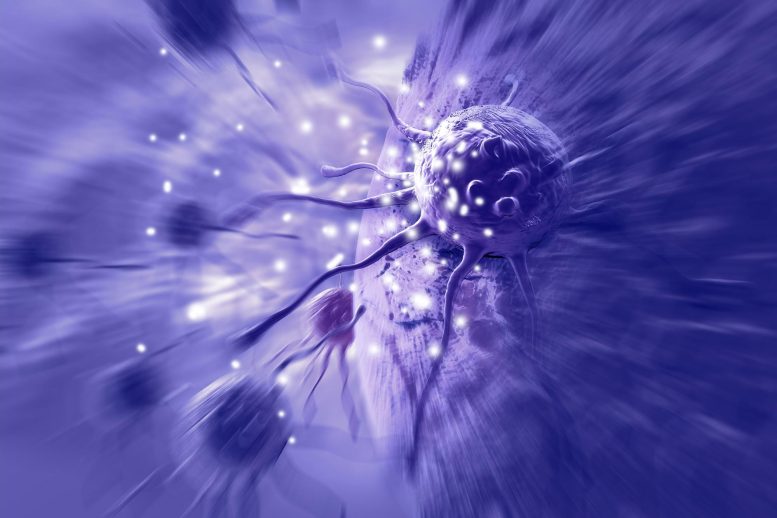
A new study led by Associate Professor Morten Scheibye-Knudsen discovered that inhibiting the plk1 gene could help treat the sickest sarcoma patients, whose cancer cells have high expression of the cep135 protein. This breakthrough may pave the way for a new, more effective treatment for sarcoma within the next 5-10 years.
Researchers have discovered a method for determining which sarcoma patients will receive the greatest benefits from a potential new treatment. Sarcoma is a rare and complicated form of cancer that affects bones and muscles among other tissues.
Sarcomas are a type of cancerous tumor that can develop in various tissues, including bones, muscles, and fatty tissue. Despite being relatively uncommon, accounting for only 1% of all cancer cases, sarcomas are known for their complexity and challenging nature in terms of treatment.
However, a recent study may have found a new treatment that can help the sickest sarcoma patients.
“We have learned that sarcoma patients whose cancer cells have a high expression of the cep135 protein are worse off. But inhibiting a gene called plk1 also inhibits the growth of the sarcoma cells, and this suggests that we can target the treatment of the sickest sarcoma patients,” says Associate Professor Morten Scheibye-Knudsen from the Center for Healthy Aging at the Department of Cellular and Molecular Medicine, who is responsible for the new study.
Methods for identifying sarcoma patients’ prognoses are already available, as are different forms of treatment. But the new study has identified a new method.
What are sarcomas?
Sarcomas are cancer tumors found in i.a. the bones, muscles, or fatty tissue. There are two main types: bone sarcoma and soft tissue sarcoma (muscles, fatty tissue, connective tissue, blood vessels, and neurilemma). Sarcoma affects one percent of cancer patients. In Denmark, around 45 people are diagnosed with bone sarcoma each year and 220 with soft tissue sarcoma. Adults diagnosed with bone sarcoma have a 60-per cent five-year survival rate, while adults diagnosed with bone sarcoma have a 50-70-per cent five-year survival rate.
“This is a new way of stratifying and possibly a new and better way of treating sarcoma. And the introduction of yet another method is always good news to patients. Because no two cancers are alike. Ideally, treatment should always be tailored to the individual patient,” Morten Scheibye-Knudsen stresses.
He hopes other researchers with access to the necessary test facilities will study his results in more detail and eventually design a new treatment. If the method turns out to work, he believes a new treatment may be available to patients in five to 10 years.
Grey hair, wrinkles, and loss of fatty tissue at an early age
Morten Scheibye-Knudsen and his colleagues started out by studying patients suffering from the rare neurological disorders Werner’s syndrome, Nijmegen breakage syndrome and Ataxia-telangiectasia syndrome.
These patients experience symptoms of early aging such as grey hair, wrinkles, and loss of fatty tissue – and they have a high risk of developing cancer at an early age.
“Age-associated diseases such as cancer is one of my main areas of interest as a researcher at the Center for Healthy Aging. As we grow older, a lot of things happen to the body, and determining causality can be difficult. But in people suffering from e.g. Werner’s syndrome it is easier to see which genes are responsible for which processes. This gives us a molecular handle, so to speak,” says Morten Scheibye-Knudsen.
In order to establish why these patients develop cancer at an early age, the researchers compared gene expressions across the three disorders. Here they worked together with the company Insilico Medicine, whose large Pandaomics platform made it possible to identify gene mutations in thousands of different disorders. It turned out that cep135 is a common denominator for the cancer genes of the three disorders.
“This made us study the gene expressions of various cancers, and we learned that cep135 is associated with high mortality in i.a. sarcoma, but also in bladder cancer. Sarcoma was particularly interesting, as many Werner’s syndrome patients develop sarcoma,” explains Morten Scheibye-Knudsen.
Finally, the researchers sought to find ways to inhibit the sarcoma. Cep135 is not a useful target, as it is a so-called structural protein, which are difficult to target. Instead, the scientists learned that by inhibiting the plk1 gene they were able to target the sarcoma.
“The study indicates that we can use genetic diseases that exhibit accelerated aging to identify new treatment targets. In this study, we investigated cancer, but the method can in principle be used for all age-related diseases such as dementia, cardiovascular diseases, and others,” says Morten Scheibye-Knudsen.
Reference: “High-confidence cancer patient stratification through multiomics investigation of DNA repair disorders” by Garik V. Mkrtchyan, Alexander Veviorskiy, Evgeny Izumchenko, Anastasia Shneyderman, Frank W. Pun, Ivan V. Ozerov, Alex Aliper, Alex Zhavoronkov and Morten Scheibye-Knudsen, 26 November 2022, Cell Death & Disease.
DOI: 10.1038/s41419-022-05437-w

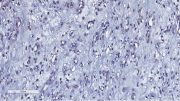
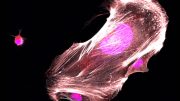
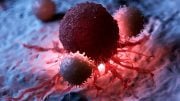
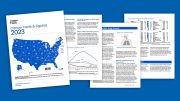
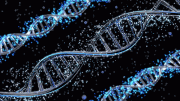
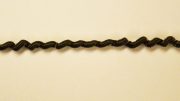
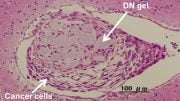
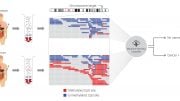
Be the first to comment on "A New Treatment for a Rare and Complex Cancer"